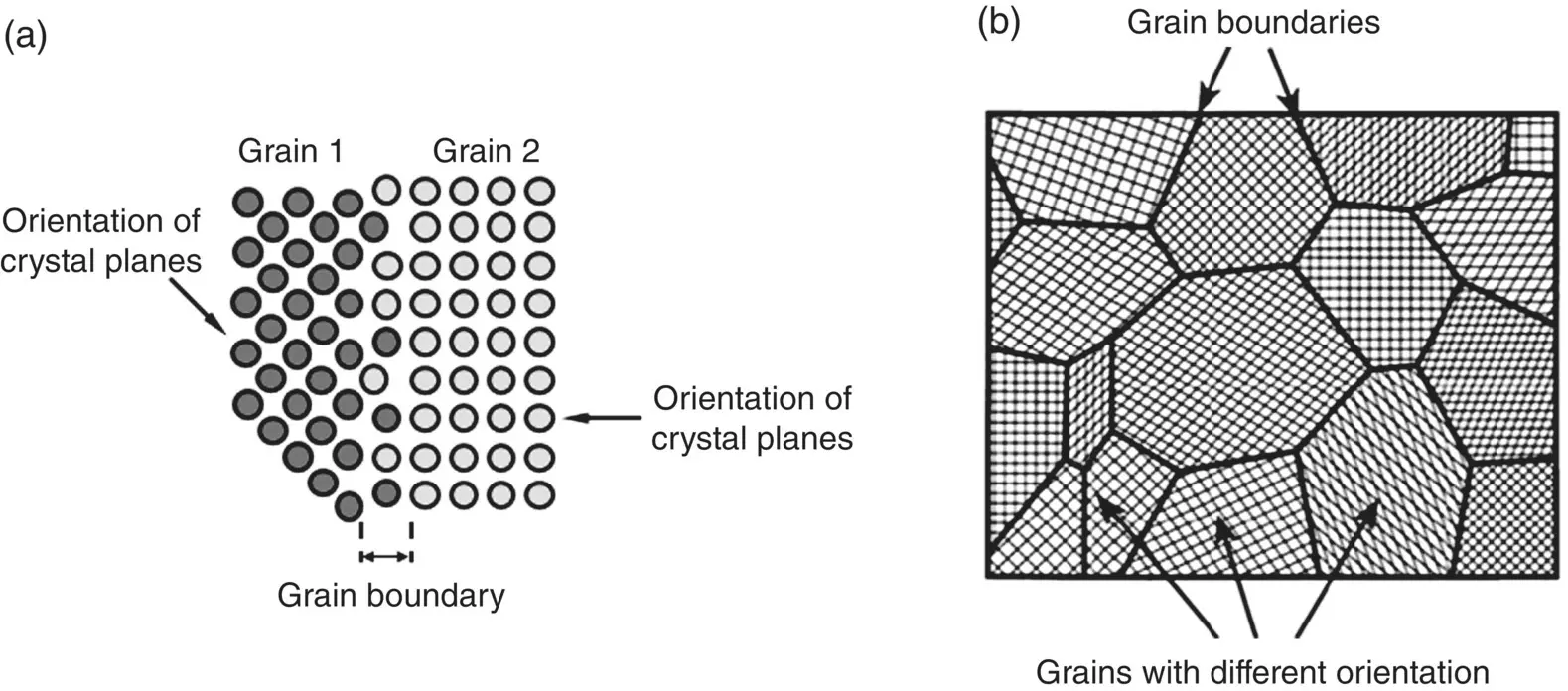Mohamed N. Rahaman - Materials for Biomedical Engineering
Здесь есть возможность читать онлайн «Mohamed N. Rahaman - Materials for Biomedical Engineering» — ознакомительный отрывок электронной книги совершенно бесплатно, а после прочтения отрывка купить полную версию. В некоторых случаях можно слушать аудио, скачать через торрент в формате fb2 и присутствует краткое содержание. Жанр: unrecognised, на английском языке. Описание произведения, (предисловие) а так же отзывы посетителей доступны на портале библиотеки ЛибКат.
- Название:Materials for Biomedical Engineering
- Автор:
- Жанр:
- Год:неизвестен
- ISBN:нет данных
- Рейтинг книги:4 / 5. Голосов: 1
-
Избранное:Добавить в избранное
- Отзывы:
-
Ваша оценка:
- 80
- 1
- 2
- 3
- 4
- 5
Materials for Biomedical Engineering: краткое содержание, описание и аннотация
Предлагаем к чтению аннотацию, описание, краткое содержание или предисловие (зависит от того, что написал сам автор книги «Materials for Biomedical Engineering»). Если вы не нашли необходимую информацию о книге — напишите в комментариях, мы постараемся отыскать её.
A comprehensive yet accessible introductory textbook designed for one-semester courses in biomaterials Materials for Biomedical Engineering: Fundamentals and Applications
Materials for Biomedical Engineering: Fundamentals and Applications
Materials for Biomedical Engineering — читать онлайн ознакомительный отрывок
Ниже представлен текст книги, разбитый по страницам. Система сохранения места последней прочитанной страницы, позволяет с удобством читать онлайн бесплатно книгу «Materials for Biomedical Engineering», без необходимости каждый раз заново искать на чём Вы остановились. Поставьте закладку, и сможете в любой момент перейти на страницу, на которой закончили чтение.
Интервал:
Закладка:

Figure 3.22 Illustration of (a) the boundary region between two grains and (b) part of a polycrystalline solid. The atomic planes in adjacent grains have different spatial orientation.
The atoms at a free surface have a different atomic environment and, often, a different composition than those within the solid itself. Consequently, the surface of a material can also be considered a two‐dimensional or planar defect. As the surface of a biomaterial has a strong influence on its performance in vivo , the surface characteristics of solids relevant to their use as biomaterials are discussed in detail in Chapter 5.
3.5 Microstructure of Biomaterials
The engineering properties of a material depends on its microstructure and, consequently, in the design and creation of biomaterials, we are concerned not just with the material itself but with its microstructure also. Microstructure refers to the structure of a material at a scale of approximately 0.1–100 μm, such as the nature of the phases present in the material, the quantity of each phase and its distribution. Unless specifically emphasized, structure at a nanoscale is often included within the realm of microstructure. A phase is defined as a region of material with uniform physical and chemical properties. As biomaterials are solids, we are essentially concerned with one or more solid phases, crystalline or amorphous, and, if present, porosity.
Controlling the microstructure of a biomaterial to achieve a desired combination of properties for a particular application is an important area of biomaterials science. Inadequate microstructural control often leads to unpredictable properties, which can lead to catastrophic failure and, for biomaterials used as implants for example, to serious complications for the patient. A large variety of methods are available to create biomaterials with the requisite shape and microstructure, but robotic methods, referred to as rapid prototyping, additive manufacturing or, more commonly, three‐dimensional printing (3D printing), have been used increasingly in recent years. These robotic methods provide unprecedented control of the shape and microstructure of a biomaterial, particularly when a high degree of complexity is required.
Microstructures are commonly examined in a microscope, such as an optical microscope or an electron microscope, depending on the scale of resolution required. Often, metals and ceramics are etched using a thermal or chemical treatment to reveal the grain boundaries or the phases within the solid. The microstructures of biomaterials are numerous, varying from simple to more complex and, thus, it is not possible to describe them all. Instead, we discuss microstructural features relevant to the design and creation of biomaterials in two broad categories, namely dense biomaterials and porous biomaterials.
3.5.1 Microstructure of Dense Biomaterials
The simplest type of microstructure is a dense solid, such as a solid containing little or no porosity, composed essentially of a single phase as, for example, a Ti dental implant, an Al 2O 3femoral head in a hip implant or a polymethyl methacrylate (PMMA) intraocular lens. As they are polycrystalline materials, pure metals and ceramics such as Ti and Al 2O 3, respectively, are composed of grains ( Figure 3.23a). Assuming the use of proper production methods, resulting in a homogeneous microstructure free from flaws, the properties of the pure polycrystalline material are controlled mainly by the size of its grains. Finer grains, for example, often lead to better mechanical properties. Microstructure is not relevant to a nonporous glass or a nonporous amorphous polymer such as PMMA, for example, because when produced using proper methods, each consists of a homogeneous single phase without grains or boundaries.

Figure 3.23 Examples of microstructures of dense biomaterials. (a) Al 2O 3showing grains and grain boundaries; (b) Ti6Al4V, a two‐phase (α + β) solid composed of α lamellae in β grains; (c) zirconia‐toughened alumina (ZTA) composed of zirconia (ZrO 2) particles (grains) dispersed in a matrix of alumina (Al 2O 3) grains; (d) lithium disilicate glass‐ceramic composed of elongated lithium disilicate (Li 2Si 2O 5) crystals in a glass matrix (removed by etching). The surface of the materials was etched thermally (a), (c), or chemically (b), (d) to better reveal the microstructure. (b)
Source From Peters et al. (2003)
; (d)
From Holand and Beall (2012).
At a higher level of complexity, we can consider a dense solid composed of more than one phase. The Ti alloy, Ti6Al4V, for example, used as fracture fixation plates, in hip implants and as dental implants, is typically composed of two crystalline phases at ordinary temperatures, termed an alpha (α) phase and a beta (β) phase. Depending on the production method and subsequent heat treatment, this alloy can show a variety of microstructures. Figure 3.23b shows one such microstructure, composed of nearly parallel α lamellae within large β grains. ZTA femoral heads used in hip implants are composed of a matrix of Al 2O 3grains and a distribution of YSZ grains ( Figure 3.23c). The volume fraction of the ZrO 2is often kept within a useful range, approximately 10–15%. For this composition, the optimal mechanical properties such as strength and resistance to fracture are achieved through production methods that give a fine grain size of the Al 2O 3phase, less than a few micrometers, a finer grain size of the ZrO 2phase and a homogeneous distribution of the ZrO 2grains within the Al 2O 3matrix.
Glass‐ceramics, produced by controlled thermal treatment of a parent glass, show a microstructure composed of crystals within a glass matrix. A glass‐ceramic typically has better properties, such as mechanical and thermal properties, than its parent glass. The volume fraction of the crystals in the majority of glass‐ceramics is in the range 30–70% but some glass‐ceramics have volume fractions outside this range. Lithium disilicate glass‐ceramics are widely used for dental restorations such as crowns and bridges. While these materials have excellent resistance to chemical degradation, optimal mechanical properties are achieved through a controlled thermal treatment of the parent glass to achieve a fine crystal size, a high volume fraction of crystals and a homogeneous distribution of the crystals within the glass matrix ( Figure 3.23d).
In a nonporous form, semicrystalline polymers, such as PE are composed of a mixture of amorphous and crystalline phases ( Figure 3.15b). The crystalline regions are referred to as crystallites. They are not called grains because they have a different structure from the grains in polycrystalline metals and ceramics. The properties of semicrystalline polymers often improve with a higher volume fraction and a homogeneous distribution of crystallites as, for example, in UHMWPE used as articulating bearings in hip and knee implants.
As polymers are weaker than bone, one way to improve their mechanical properties is to reinforce them with a strong solid phase, commonly a ceramic biomaterial in the form of particles or fibers, to form a composite ( Chapter 12). Composites composed of hydroxyapatite particles dispersed in a PE matrix have been created for use as implants in healing bone defects (Bonfield et al. 1981). The hydroxyapatite particles enhance the elastic modulus of the PE, bringing it closer to that of bone. They also provide an additional benefit by imparting some degree of bioactivity to the implant and, thus, enhance its potential to form a stronger interfacial bond and integrate with host bone.
Читать дальшеИнтервал:
Закладка:
Похожие книги на «Materials for Biomedical Engineering»
Представляем Вашему вниманию похожие книги на «Materials for Biomedical Engineering» списком для выбора. Мы отобрали схожую по названию и смыслу литературу в надежде предоставить читателям больше вариантов отыскать новые, интересные, ещё непрочитанные произведения.
Обсуждение, отзывы о книге «Materials for Biomedical Engineering» и просто собственные мнения читателей. Оставьте ваши комментарии, напишите, что Вы думаете о произведении, его смысле или главных героях. Укажите что конкретно понравилось, а что нет, и почему Вы так считаете.












